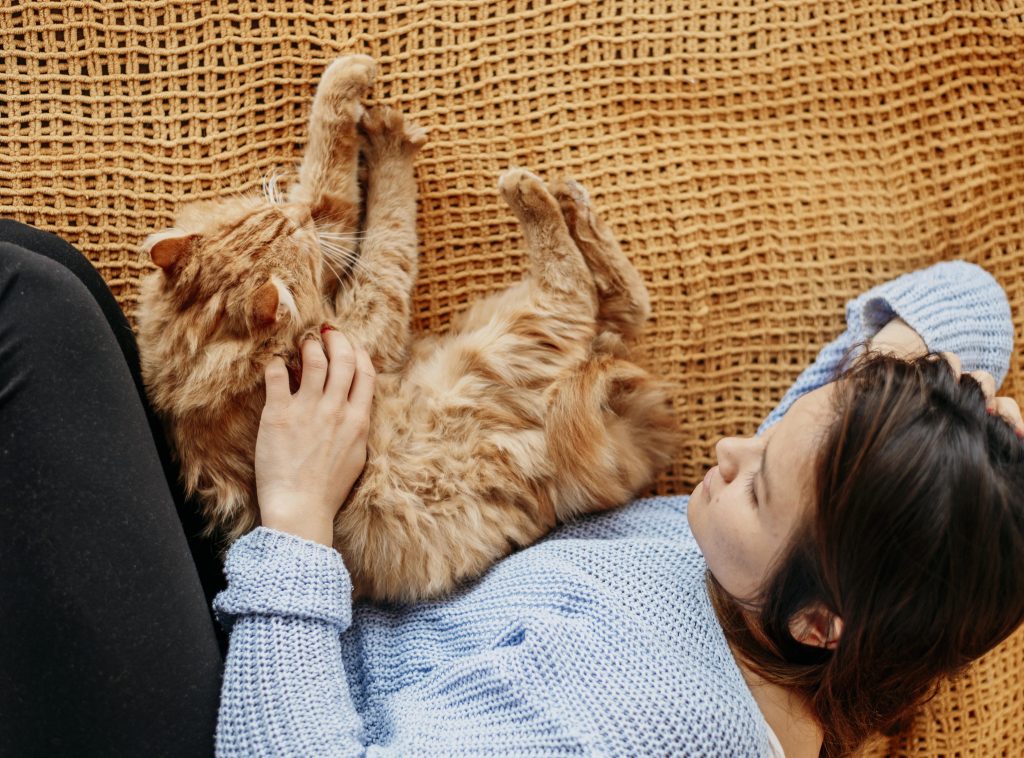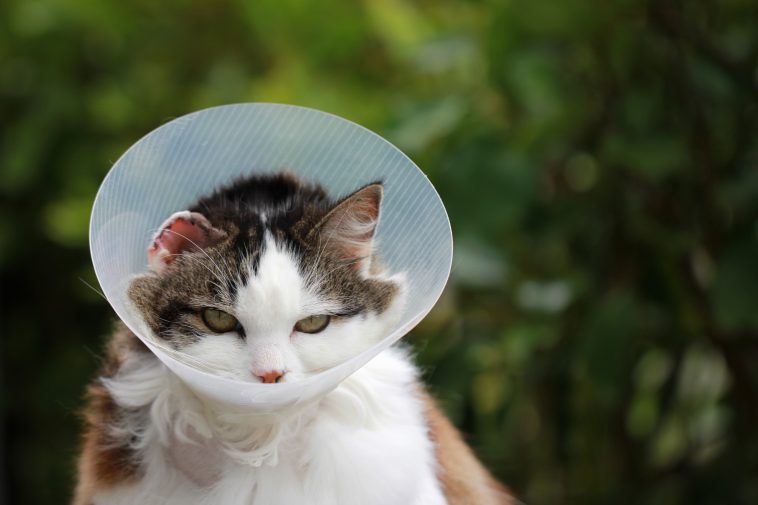Introduction: Maintaining proper litter box habits is crucial for a harmonious relationship between feline companions and their human caregivers. When a cat exhibits unusual bathroom behaviors, it’s essential to scrutinize the litter box environment. This guide unveils nine common mistakes that cat parents often make with their cats’ litter boxes, exploring solutions to ensure a clean, comfortable, and stress-free restroom experience for our feline friends.

Section 1: Litter Selection Sophistication
- Fragrance Frustrations: Highlighting the importance of choosing unscented, dust-free, clumping litter and understanding cats’ preferences in texture to create an inviting restroom space.
Section 2: Sanitation Superiority
- Scoop with Regularity: Emphasizing the significance of daily scooping and the maintenance routine to keep the litter box clean and appealing to discerning felines.
- Periodic Purge: Advocating for weekly litter replacement, thorough box cleaning, and the annual replacement of plastic litter boxes to prevent odor buildup and maintain a hygienic environment.
Section 3: Strategic Litter Box Placement
- Privacy Principles: Exploring the need for a secluded and quiet location for the litter box, away from potential disturbances like noisy appliances, children, or dogs.
- Accessibility and Quantity: Advising on placing litter boxes strategically on different house levels, ensuring easy access, and providing sufficient boxes for multi-cat households to prevent territorial conflicts.
Section 4: Tailoring the Litter Box Experience
- Size Matters: Acknowledging cats’ preferences for spacious litter boxes, both in length and height, and considering the impact of age-related mobility issues.
- Anti-Hood Advocacy: Discussing the potential downsides of hooded litter boxes, focusing on odor retention, reduced visibility, and the importance of an open environment for feline comfort.
Section 5: Maintaining a Harmonious Multi-Cat Environment
- One Plus One Rule: Advocating for the “one plus one” litter box rule in multi-cat households, ensuring each cat has access to its preferred box, minimizing conflicts, and promoting good bathroom etiquette.
Section 6: Vigilance and Health Monitoring
- Monitoring Litter Contents: Encouraging cat parents to observe and analyze the size, shape, and color of urine and feces for potential health concerns, emphasizing the role of the litter box as a diagnostic tool.
- Behavioral Red Flags: Identifying unusual litter box behaviors such as crying, repeated entries and exits, or racing around afterward as potential indicators of health issues, necessitating veterinary attention.
Section 7: Noise-Free Zones
- Calm Cubicles: Stressing the impact of noisy environments, like laundry rooms or garages, on cats’ bathroom comfort, and cautioning against self-cleaning litter boxes that may startle felines.
Section 8: Canine-Free Zones
- Dog-Proof Practices: Advising against placing litter boxes where dogs can access them, emphasizing the health risks associated with dogs consuming cat stool or litter.
Conclusion: A Blissful Litter Box Haven By steering clear of these common litter box pitfalls, cat parents can foster an environment where their feline companions feel secure, comfortable, and supported in maintaining proper bathroom etiquette. Prioritizing cleanliness, accessibility, and the emotional well-being of cats contributes to a blissful litter box haven, strengthening the bond between cats and their devoted caregivers.**


